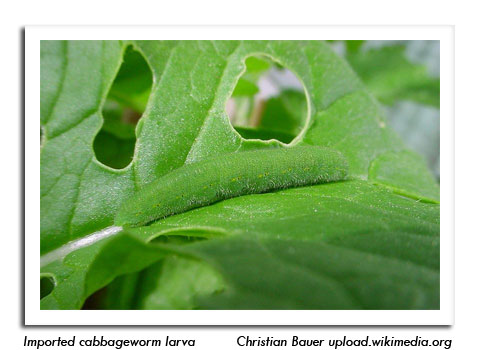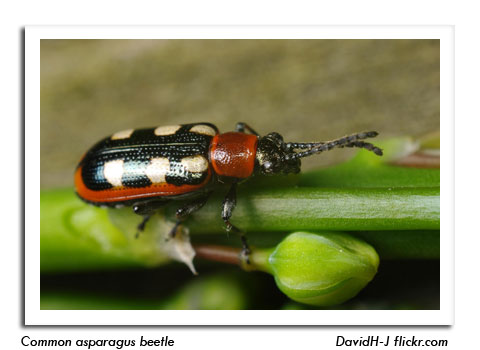
 |
|
|
Vegetables
Volume 59 Number 2 Date 05/08/2014 CABBAGE MAGGOT - Peak emergence of first generation flies can be anticipated in the next two weeks across parts of southern Wisconsin. This event generally occurs at 300 degree days (base 43°F), as lilacs are in full bloom. Broccoli and cauliflower plantings on light sandy soils are at highest risk of maggot infestation and should be monitored closely later this month for signs of injury. Transplanting cole crops one week before or after peak fly emergence is recommended to avoid the primary damage period. IMPORTED CABBAGEWORM - The appearance of these yellowish-white butterflies around field plantings and home gardens in spring signals that egg laying is occurring on broccoli, cabbage, kale and other cole crops. Serious early-season infestations are rare, but should they develop, may be controlled with Btk products applied while the larvae are small. ASTER LEAFHOPPER - Adults were swept in very low numbers from alfalfa fields in Crawford, Richland and Sauk counties, indicating the first distinct immigration has occurred. The infectivity rate of the migrant population has not been determined, but vegetables, perennial ornamentals and other host plants will be at risk of aster yellows disease next month. To spread aster yellows, a leafhopper must first acquire the aster yellows phytoplasma by feeding on an infected plant, and then must incubate the phytoplasmas for about three weeks before infecting new plants. Growers should begin watching for aster yellows in early June, and promptly remove symptomatic plants. COMMON ASPARAGUS BEETLE - Overwintered adults are appearing in advanced southern areas of the state. Egg laying on emerging asparagus spears will begin next week in locations where 150-240 degree days (base 50°F) are reached. -- Krista Hamilton, DATCP Entomologist 


|
|
|